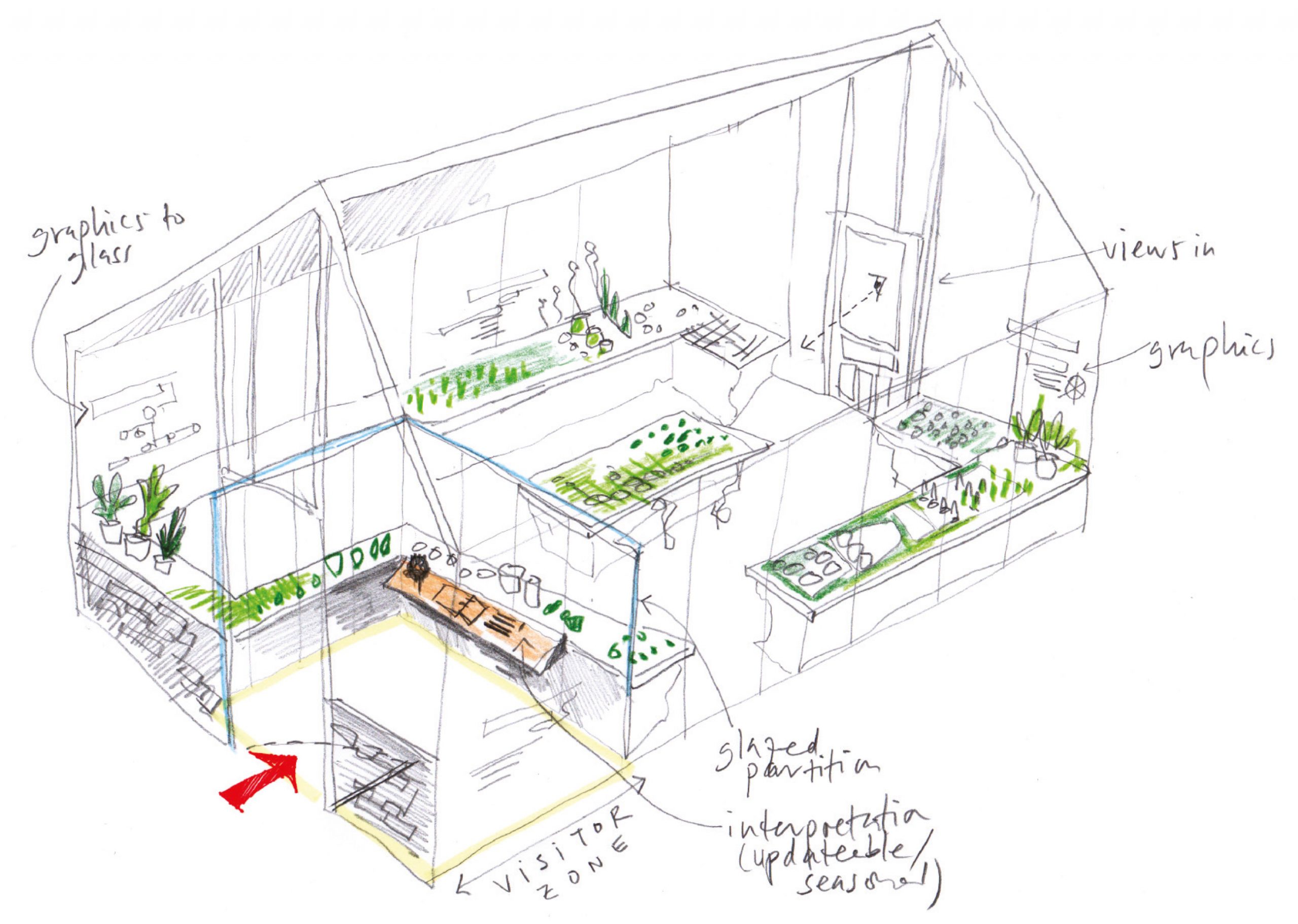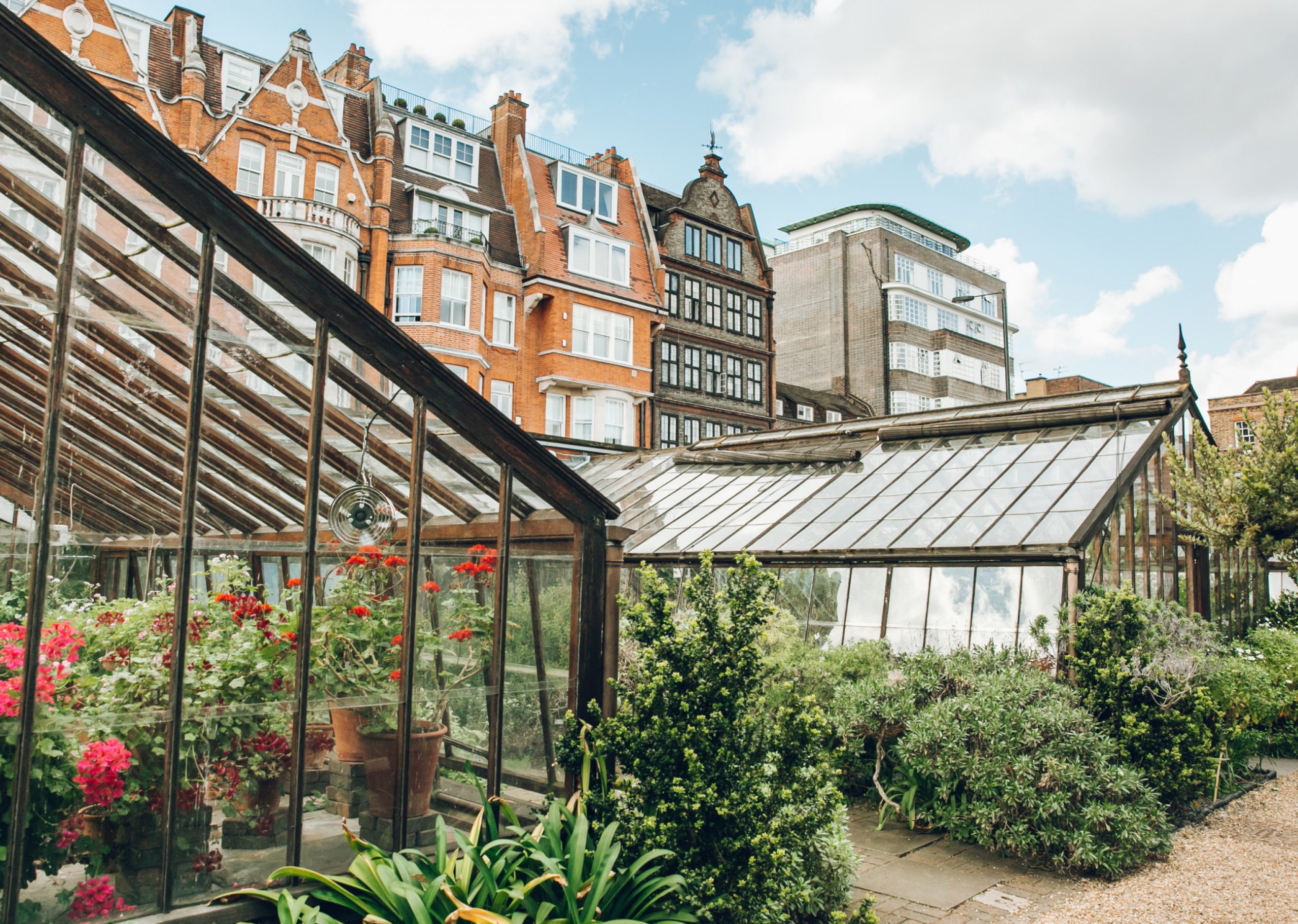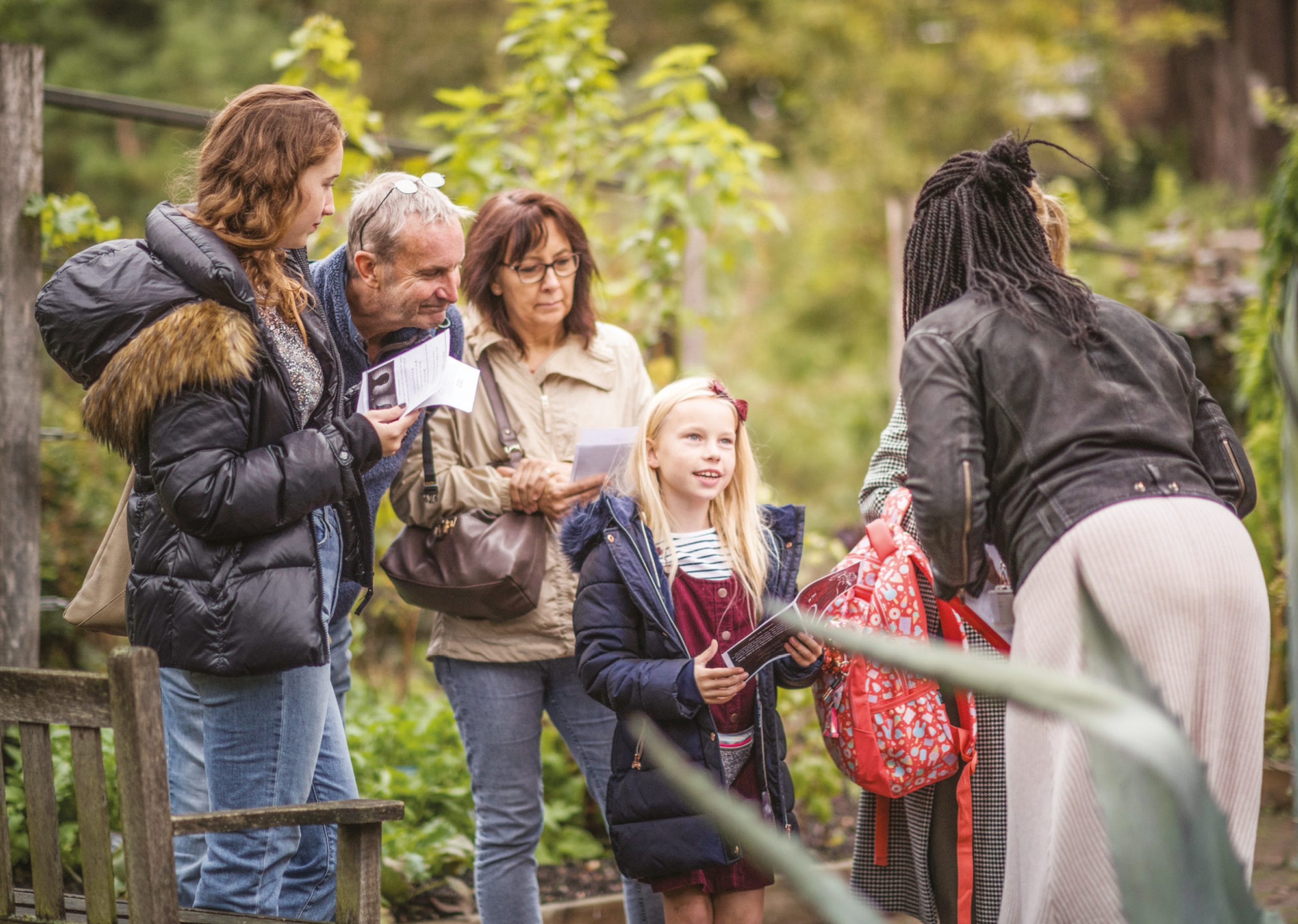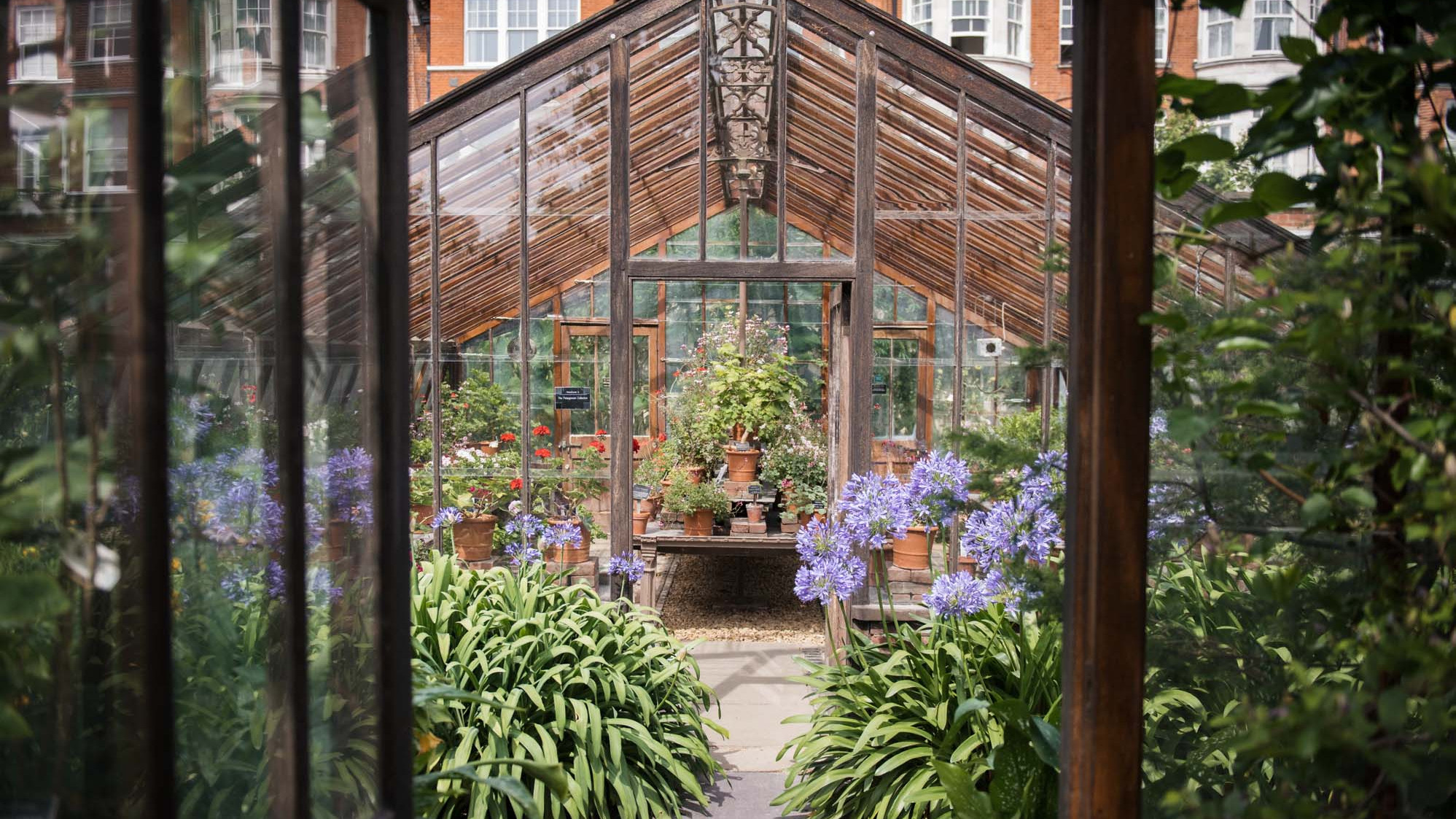Glasshouse restoration project aims
The Glasshouse Restoration Project did not just focus on the restoration of our built heritage, but also on the protection of our plant collections and the creation of an innovative activity programme and new interpretation panels.
Saving our horticultural history
Our glasshouses are a rare example of craftmanship, a unique part of London’s Victorian heritage. The Burmese teak structures contribute to the special atmosphere of the Garden, quite literally bringing our collection to life.
Over the years the wood rotted, the glass cracked, and the metal rusted, which meant these beautiful buildings, built to be admired and to protect the plants within them, were struggling to survive. An inspection in March 2020 revealed extensive damage to all the glasshouses in the northeast corner of the Garden, including the Tropical Corridor and the three connecting glasshouses, as well as the standalone glasshouse and a glazed Pit House. The Cool Fernery was also in need of repair.
Through the generosity of our donors, we were able to sympathetically restore them to their former glory, and make them fit for the future with new climate controls and energy-saving measures.


Cultivating and sharing stories
The restoration project was also an opportunity to design a new layout and approach to planting. We brought the Propagation House (where our plants begin their lives) out from behind the scenes so visitors can experience the whole plant life cycle. Additionally, we reviewed and adapted our Southern Hemisphere Collection into a new South Africa Glasshouse, so we can share stories about one of the most biodiverse regions on earth.
We created new displays and interpretation, to shine a light on horticultural science and conservation, as well as showing the Garden through the gardener’s eyes. We commissioned a language audit and focused on widening our narratives, to better highlight the relationships between people and plants, and the living history of the cultures and communities of our plants’ origins.
To improve the visitor experience, we created more inclusive activities and opportunities so that people, regardless of socio-economic status, background, heritage, or familiarity with horticulture, can enjoy the glasshouses.
Protecting plants and providing for people
The Glasshouses are home to some 1200 plant species, many of which are rare or not often cultivated. The restoration project allowed us to review our plant collections, which informed what we grow and how we continue to care for our plants to support biodiversity and raise awareness of climate change and habitat loss.
In addition to providing better growing conditions for our plants, the project also allowed us to improve the previously cramped spaces and narrow passageways of the Glasshouses, so that we can now accommodate all those who want to visit.
Lastly, we will invested in our people through a training programme for staff and volunteers, with the help of a new Volunteer Manager.

